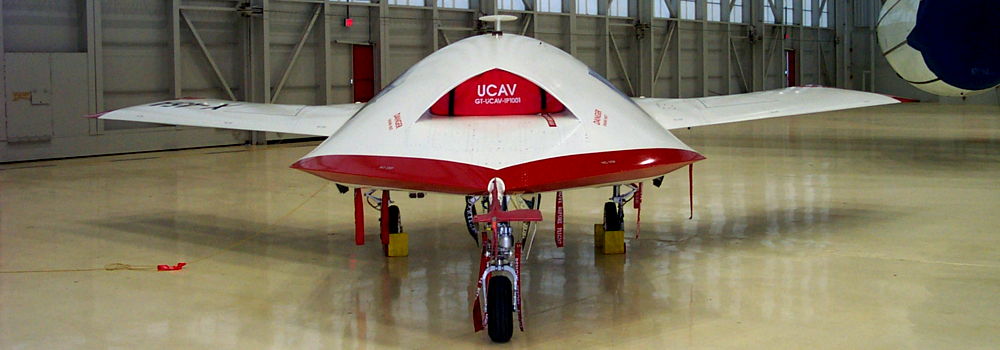Connector Guide

We have coax cable with numerous connector combinations available here.
N Male
|
N Female
|
| This is the most common connector used in proper interior/exterior communication applications. They're more water resistant than UHF connectors in the clamp versions, and they also handle higher frequencies better. They come in both crimp and clamp form, clamp being the more water resistant, crimp being attached to the cable in a stronger fashion. | |
UHF Male
|
UHF Female
|
| The UHF connector is the most common connector found on consumer grade equipment for both interior and exterior, but it's not the best connector to use. It can usually handle higher power than N connectors can, but it's much worse at handling higher frequencies, and is less water resistant. The UHF connector became a tradition by default because of it's age... which makes them cheap, and that's why they continue to be used. The Male UHF is technically referred to as a PL259 and the Female is referred to as an SO239. | |
BNC Male
|
BNC Female
|
| BNC is probably the most popular quick -disconnect type of connectors used for interior applications. They're referred to as Male or Female. BNC is found on most scanners and many handheld ham radios. They're primarily used for indoor applications. They also make good connectors for patch cables. | |
TNC Male
|
TNC Female
|
| The TNC connector isn't terribly popular, but it does get used once in a while. TNC connectors are basically a threaded version of the BNC. They also work better at higher frequencies, making them good for patch cables used in critical applications. Typically they would be seen on more commercial grade equipment. | |
Mini UHF Male
|
Mini UHF Female
|
| Mini UHF connectors are exactly what the name implies... a smaller version of the large UHF connector. Mini UHF connectors occasionally show up on equipment, but aren't used much. Like the larger version, they aren't very good with high frequencies. | |
SMA Male
|
SMA Female
|
| SMA stands for: "Sub Miniature Version A". The SMA connector is the most diverse and sometimes confusing connector there is. The SMA was created for applications where space on the device is an issue. The SMA has good performance but is very small, which can often make it a physically weak connection. You wouldn't want to use SMA unless a device dictates it. What makes it confusing is how manufactures use it... Typically it will be used on small handheld devices. Sometimes they will use a 'Reverse Polarity' version, where the outer chassis or inner pin sex is reversed. Also, manufacturers will sometimes put the Female version on the radio and other times the Male version... This sometimes comes down to the design, but they also do it to try and create a proprietary connection so you'll have to buy their own antennas and accessories. | |
Motorola
|
|
| Motorola connectors aren't really used on scanners or consumer equipment much anymore, but they use to be used on older equipment, including scanners. These connectors kind of look like an RCA audio connector, like you see on TVs and stereos. Adapters can often be found to use them with BNC connectors. | |
F Male
|
F Female
|
| F connectors are primarily for 75 Ohm video applications, and should not be used in radio applications if at all possible. That said, there are some manufacturers that offer RG6 cable and F connectors with their antennas. This is mainly done because RG6 cable is cheap and plentiful. | |
MCX Male
|
MCX Female
|
| MCX connectors are primarily for 75 Ohm video applications, and should not be used in radio applications, if possible. However, there are some manufacturers that have used this type of connector on their devices for some reason, most likely because they are one of the smallest available. For example, some ADS USB devices utilize this connector. The only semi-proper way to go between MCX and other 50 Ohm cables, is to use an adapter. | |
BNC Male Reverse Polarity
|
SMA Male Reverse Polarity
|
| In rare instances you might run into a version of a connector that is referred to as "Reverse Polarity". These connectors will either have outer threads that are the reverse of what would normally be used on the same connector, or inner pins that are the opposite sex of what would normally be used on the same connector. Notice in the photos above how each pin is actually the opposite of what would normally be used. These have started popping up more and more, mainly because the FCC believes this will hinder people from using illegal external antennas that are not supposed to be used on certain equipment. But you can also find reverse polarity connectors on some equipment from manufacturers who are trying to get people to buy their own antennas. | |
